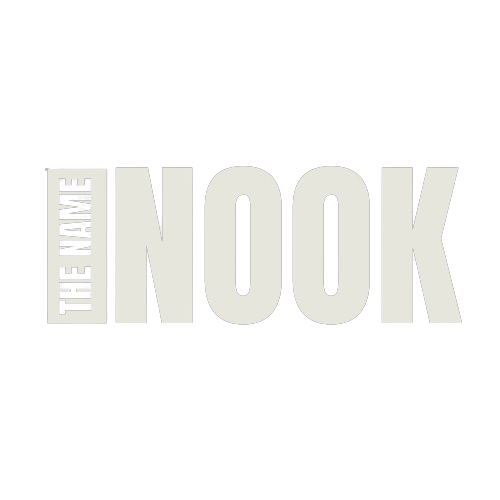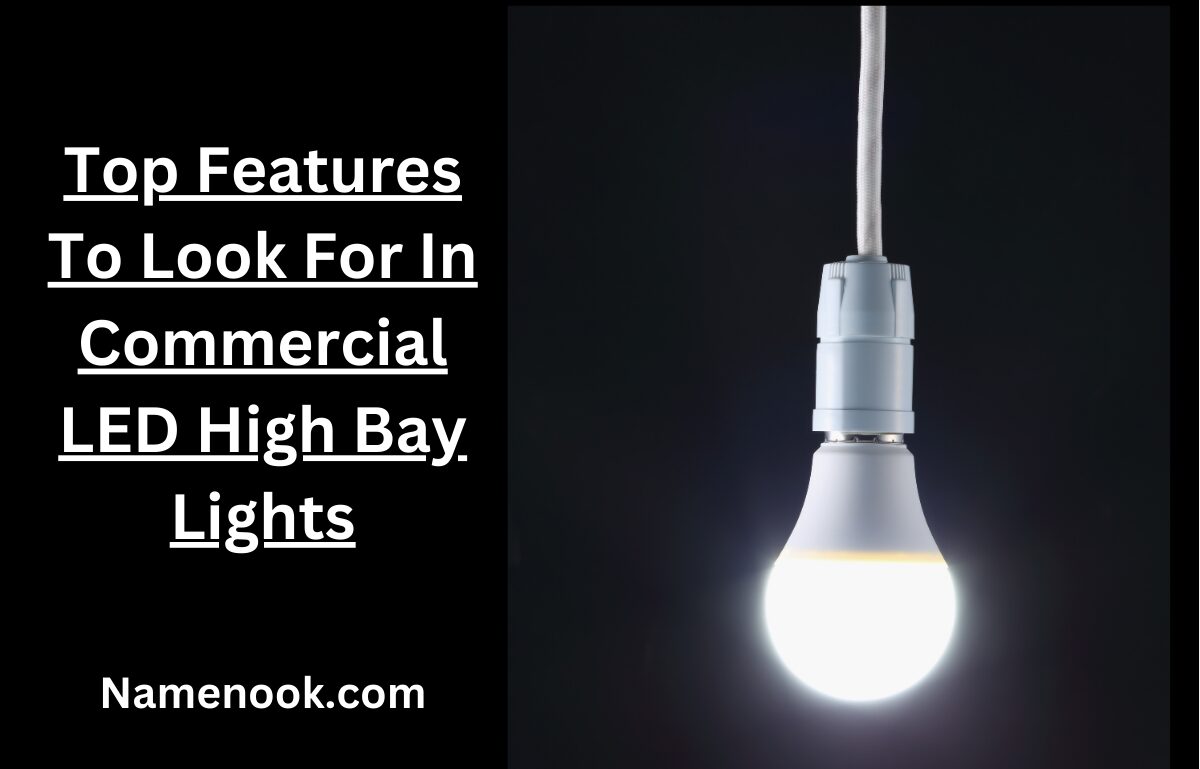Introduction
Lighting plays a vital role in commercial spaces, particularly in warehouses, manufacturing facilities, and large retail areas where proper illumination is crucial for safety, productivity, and efficiency.
LED high bay lights have become a popular choice for these settings, offering energy efficiency, long-lasting performance, and superior lighting quality.
When choosing LED high bay lights for your commercial space, it’s essential to consider key features to ensure you get the best value and optimal lighting solution. This article explores the top features to look for in commercial LED high bay lights.
ALSO READ> Adapting Your Tech Setup for Digital Nomadism
1. Lumen Output and Efficacy
Lumen output measures the brightness of an LED high bay light, making it a critical factor to evaluate. A higher lumen output means a brighter light, but it’s also essential to consider the light’s efficacy, measured in lumens per watt (lm/W).
Efficacy shows how efficiently the light converts electricity into visible light. For large commercial spaces with high ceilings, it’s important to choose lights with both high lumen output and efficacy to ensure proper illumination without increasing energy usage.
- Key Tip: Opt for LED high bay lights with an efficacy of at least 130 lm/W. Higher efficacy provides more light while using less energy, lowering operating costs.
2. Color Temperature
Color temperature, measured in Kelvin (K), determines the tone of light emitted by an LED. In commercial environments, the right color temperature can impact visibility, mood, and productivity. LED high bay lights come in various color temperatures, ranging from warm (2700K) to cool daylight (5000K-6500K).
- Key Tip: For warehouses and manufacturing spaces, a color temperature of 5000K-6000K is recommended as it closely resembles natural daylight, improving visibility and reducing eye strain. Cooler temperatures are ideal for tasks requiring precision and focus.
3. Beam Angle
The beam angle of an LED high bay light determines how light is spread across a space. A narrow beam angle focuses light on specific areas, making it ideal for highlighting certain sections of a warehouse or retail space. A wider beam angle distributes light over a larger area, making it better for general lighting.
- Key Tip: Select the beam angle based on your ceiling height and space layout. For ceilings over 20 feet, a narrow beam angle (30°-60°) is best for focused lighting, while wider angles (90°-120°) are suited for lower ceilings and broader coverage.
ALSO READ> Understanding Domain Extensions: .com, .org, .net and More
4. Dimmability and Controls
One of the benefits of LED high bay lights is their compatibility with control systems like dimmers, motion sensors, and daylight harvesting systems. Dimmable LED high bay lights let you adjust brightness as needed, leading to energy savings and longer lamp life. Motion sensors can further improve efficiency by reducing power when areas aren’t in use.
Key Tip: Choose LED high bay lights with dimming features and compatibility with advanced control systems. This increases energy efficiency and offers flexibility in setting the right ambiance and light levels.
5. Heat Dissipation
LEDs produce heat, so effective heat dissipation is key to preserving the longevity and performance of the light. Inadequate heat management can cause overheating, shortening the LED’s lifespan and potentially damaging the fixture. High-quality LED high bay lights feature built-in heat sinks that help disperse heat, ensuring the light stays cool and functions efficiently.
- Key Tip: Choose LED high bay lights with durable heat sinks made from materials like aluminum, known for its excellent heat conductivity. This is especially crucial in environments with high ambient temperatures.
6. Durability and Build Quality
Commercial environments can be tough, often exposing lighting fixtures to dust, moisture, and potential physical damage. Therefore, the durability and construction of LED high bay lights are critical. For industrial settings, it’s essential that these lights are built with strong materials capable of withstanding harsh conditions.
- Key Tip: Opt for LED high bay lights with a high Ingress Protection (IP) rating, such as IP65 or higher, which ensures protection against dust and water. Additionally, choose fixtures with a high impact resistance rating, like IK08 or IK10, to guard against physical impacts in demanding environments.
7. Lifespan and Warranty
A major benefit of LED lighting is its extended lifespan, which significantly cuts down on maintenance expenses and reduces the frequency of replacements. High-quality LED high bay lights can last between 50,000 and 100,000 hours, depending on the brand and usage conditions. This longer lifespan helps lower the total cost of ownership over time.
- Key Tip: Look for LED high bay lights that come with a manufacturer’s warranty of at least five years. This ensures peace of mind and protects you from defects or early failures.
8. Energy Efficiency
Energy efficiency is a key reason why businesses opt for LED high bay lights. Compared to traditional options like metal halide or fluorescent lights, LEDs use much less energy while delivering equal or superior light output. This helps lower operational costs and supports a company’s sustainability objectives.
- Key Tip: When choosing LED high bay lights, look for models with ENERGY STAR certification or similar credentials. These certifications guarantee the product meets high energy efficiency standards, maximizing your cost savings even further.
9. Ease of Installation and Maintenance
Ease of installation and maintenance is another crucial factor, especially in commercial environments where downtime can be expensive. Many LED high bay lights come with plug-and-play features, making installation quick and simple. Modular designs also allow for easy component replacement, reducing both maintenance time and costs.
- Key Tip: Choose LED high bay lights with easy installation options like hook mounts, loop chains, or pendant mounts. Fixtures that offer tool-free maintenance are especially beneficial for minimizing downtime during routine checks or repairs.
10. Cost-Effectiveness
Although LED high bay lights require an upfront investment, their long-term cost-effectiveness makes them an ideal choice for commercial spaces. While the initial cost may be higher than traditional lighting options, the savings from lower energy consumption, reduced maintenance, and longer lifespan far outweigh the initial expense.
- Key Tip: When choosing LED high bay lights, consider the total cost of ownership (TCO). Factor in energy savings, maintenance costs, and the lights’ expected lifespan. Investing in a slightly more expensive, higher-quality product can result in significant savings over time.
ALSO READ> Best Platforms to Buy TikTok Likes and Attain Higher Fame
Conclusion
Choosing the right commercial LED high bay lights requires careful consideration of various features that impact their performance, efficiency, and fit for your specific needs. By evaluating factors like lumen output, color temperature, beam angle, heat dissipation, durability, and more, you can ensure your lighting solution exceeds the demands of your space. Investing in high-quality LED high bay lights can deliver long-term benefits, including lower energy costs, increased productivity, and enhanced safety, making it a wise choice for any commercial setting.

